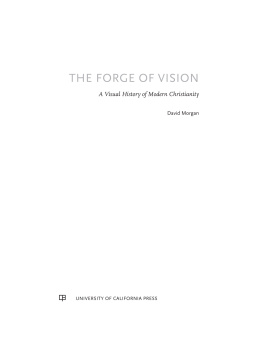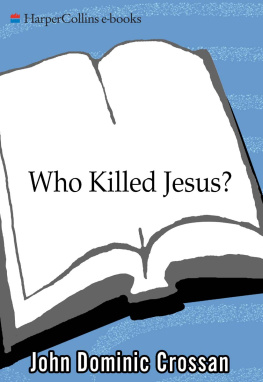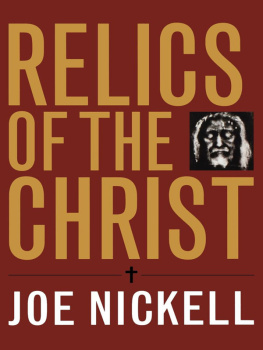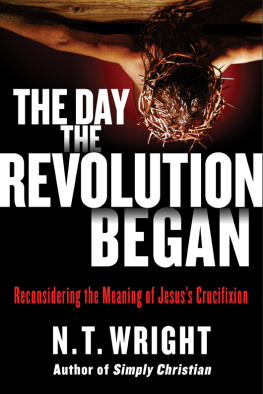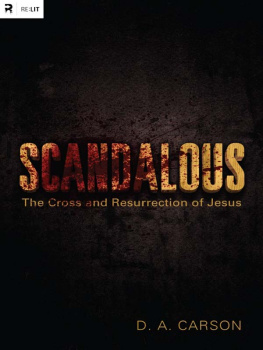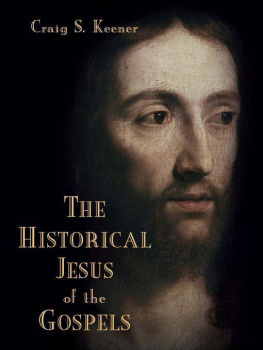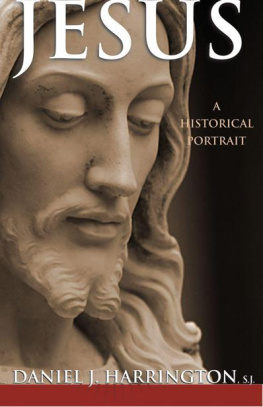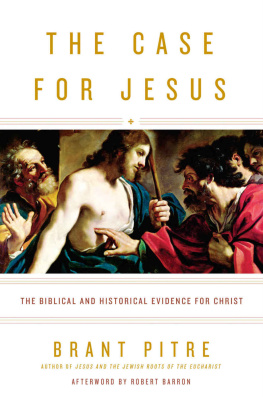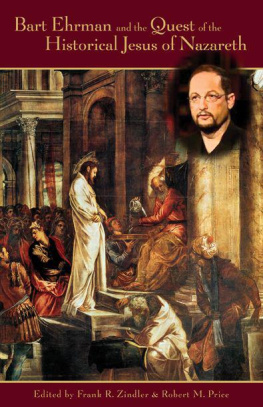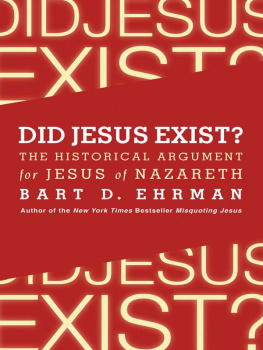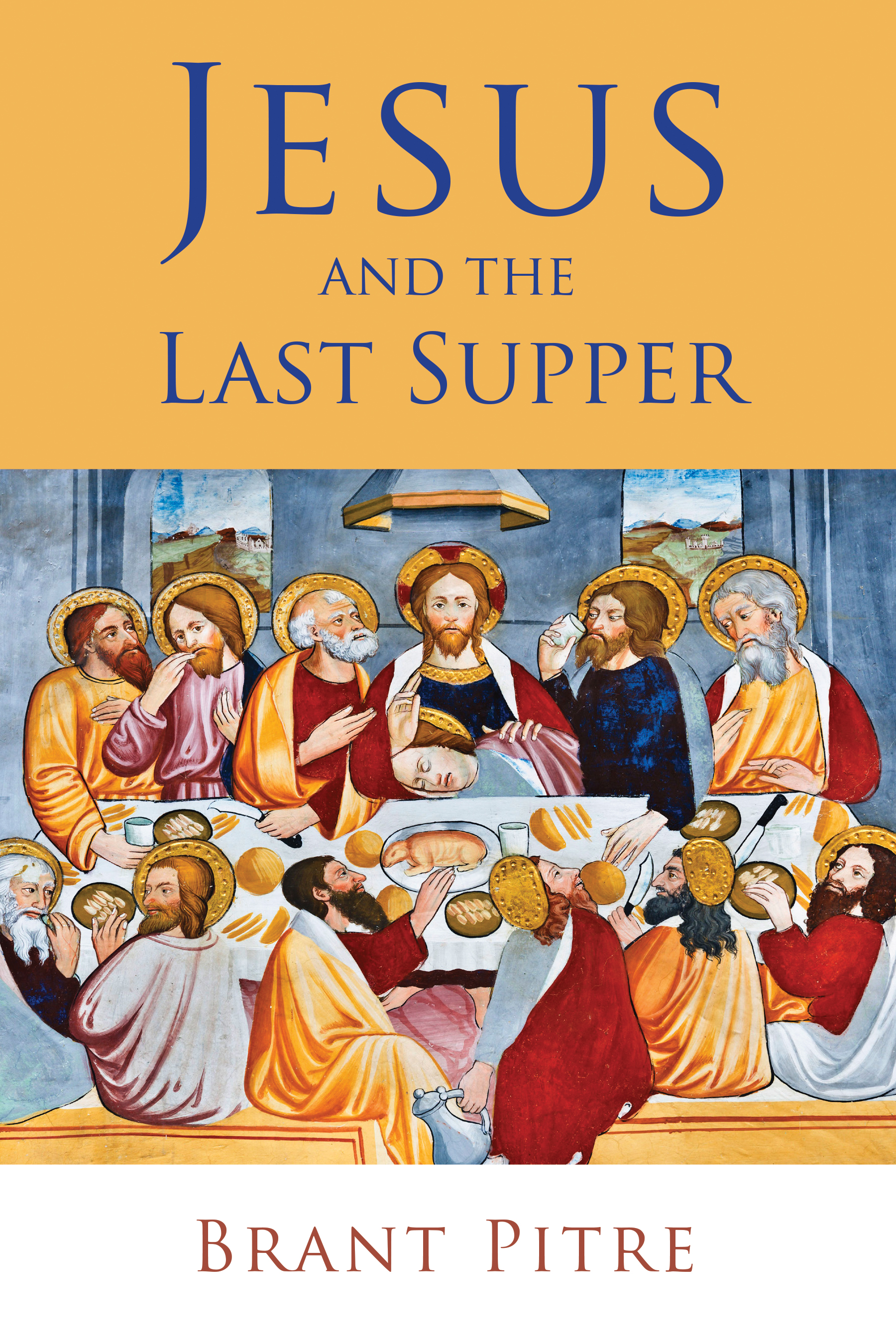Jesus and the Last Supper
Brant Pitre
William B. Eerdmans Publishing Company
Grand Rapids, Michigan / Cambridge, U.K.
2015 Brant Pitre
All rights reserved
Published 2015 by
Wm. B. Eerdmans Publishing Co.
2140 Oak Industrial Drive N.E., Grand Rapids, Michigan 49505 /
P.O. Box 163, Cambridge CB3 9PU U.K.
Printed in the United States of America
Library of Congress Cataloging-in-Publication Data
Pitre, Brant James.
Jesus and the Last Supper / Brant Pitre.
pages cm
Includes bibliographical references and index.
ISBN 978-0-8028-4871-0 (pbk.: alk. paper)
eISBN 978-1-4674-4404-0 (ePub)
eISBN 978-1-4674-4364-7 (Kindle)
1. Lords Supper. 2. Lords Supper Biblical teaching.
3. Jesus Christ Historicity. 4. Jesus Christ Jewishness.
5. Church history Primitive and early church, ca. 30-600.
6. Judaism History Post-exilic period, 586 b.c. 210 a.d.
7. Christianity and other religions Judaism.
8. Judaism Relations Christianity.
9. Christianity Origin. I. Title.
BV823.P58 2015
232.957 dc23
2015018063
www.eerdmans.com
For
David Aune,
Delbert Burkett,
Amy-Jill Levine,
John Meier, and
James VanderKam,
my teachers
Contents
The gestation period of this book has been unusually long. To put it in perspective: when I first began research on Jesus and the Last Supper, I was on the verge of publishing my doctoral dissertation as a book; my wife and I were anxiously awaiting the birth of our third child; and the name Katrina had absolutely no significance to me whatsoever. As I write the words of this Preface, my daughter Hannah is fast approaching her tenth birthday; New Orleans (the city where I teach) is coming up on the tenth anniversary of Hurricane Katrina; and Jesus, the Tribulation, and the End of the Exile (my first book) seems like it was written a lifetime ago.
In part, the delay was due to the explosion that has taken place in historical Jesus research in the last decade. Anyone familiar with the field is well aware that it is undergoing a remarkable period of both prolific output and rapid flux. Much of what was once deemed settled such as the use of the form-critical criteria of authenticity is now considered up for grabs. In particular, the sands of methodology seem to be shifting so rapidly that it can be somewhat difficult to find and maintain ones footing. I for one found myself delayed time and time again in my specific work on the topic of the Last Supper simply by trying to keep up with the torrent of recent publications on the historical Jesus, early Judaism (especially studies of Temple and cult), the criteria of authenticity, historical methodology, first-century archaeology, as well as the related field of Gospel studies, which is undergoing its own explosion of fresh research (the debate over Q and the Synoptic problem, eyewitness testimony, and memory studies come to mind). And that is to say nothing of the dreadful abyss of secondary literature that has grown up around the question of the date of the Last Supper, into which I willingly descended and found myself unable to emerge until I had come to peace with what I hope readers will consider to be a fresh and compelling solution to the problem. When I started, if I had known how long that particular chapter would take, I suspect I would be writing the Preface to some other, much shorter, book.
With that said, the journey has been unbelievably worthwhile. I hope it has resulted in a much better book. With that hope in mind, there are a number of people who deserve special thanks for helping me along the way. First and foremost, I wish to express my deepest gratitude to Michael Thomson of Eerdmans not only for agreeing to publish my second academic monograph but for his extraordinary patience during the two new jobs, three moves, and two major (and unexpected) illnesses in my family all of which played no little role in the expanded time frame it took for the book to be written. Thank you, Michael, for your professionalism and your friendship over these ten years. Second, I am extremely grateful to scholarly colleagues and friends who have read through various drafts or parts of the manuscript and offered me all kinds of critical feedback, especially Dale Allison, Michael Barber, John Bergsma, Michael Bird, Nathan Eubank, Craig Keener, Matthew Levering, Curtis Mitch, Br. Isaac Morales, Nicholas Perrin, and Jim Seghers. In a special way, I want to thank Dale Allison and Craig Keener for taking precious time out of their undoubtedly busy and unbelievably prolific writing schedules to give invaluable feedback and encouragement to a younger scholar who cut his teeth reading their writings and who continues to buy everything they publish and (at least try!) to read everything they write (though whether this is humanly possible with Craigs commentary on Acts is open to debate). Third, the research for this book would not have been possible without the generous grant provided to me by the St. Paul Center for Biblical Theology while I was still reeling from the upheaval that Hurricane Katrina wrought in the city of New Orleans and unsure of exactly where my next paycheck would come from. I am especially grateful to Scott Hahn for his abundant patience and unflagging support for this project. I hope that it makes some small contribution to the St. Paul Centers mission of fostering biblical studies. Fourth, it should go without saying (but must yet be said) that I could not have written this book without the support and encouragement of my wife, Elizabeth, and our children: Morgen, Aidan, Hannah, Marybeth, and Lillia. I would promise never again to write a book this long and involved, but I suspect you know me too well to believe me.
Last, but certainly not least, I wish to thank my teachers over the years: Delbert Burkett, for opening the door to historical Jesus research for me; John Meier, for inspiring me to actually become a New Testament scholar; James VanderKam, for immersing me in the amazing universe of the Dead Sea Scrolls and Second Temple Judaism; Amy-Jill Levine, for pretty much everything; and David Aune, for being a truly humble and enviously learned Doktorvater and, even more, my friend. Im certain that you all will see the deficiencies in this book much more clearly than I do (though I am, of course, the only one responsible for them). Nevertheless, whatever strengths it may possess and whatever contribution it makes to the study of Jesus, Judaism, and Christian origins would not have been possible without all that you taught me. With deepest gratitude, then, I dedicate its pages to you.
Brant Pitre
July 16, 2015
Our Lady of Mount Carmel
ABD Anchor Bible Dictionary
ABRLAnchor Bible Reference Library
AGJUArbeiten zur Geschichte des antiken Judentums und des Urchristentums
AnBibAnalecta biblica
ArBibAramaic Bible
AYBAnchor Yale Bible
AYBRLAnchor Yale Bible Reference Library
BADGBauer, Arndt, Gingrich, and Danker, Greek-English Lexicon of the New Testament and Other Early Christian Literature, 2nd ed.
BBR Bulletin of Biblical Research
BDBBrown, Driver, and Briggs, A Hebrew and English Lexicon of the Old Testament
BECNTBaker Exegetical Commentary on the New Testament
BETLBibliotheca ephemeridum theologicarum lovaniensium
Bib Biblica
BibIntBiblical Interpretation
BibRev Bible Review
BRev Bible Review
BTB Biblical Theology Bulletin
BZ Biblische Zeitschrift
BZNWBeihefte zur Zeitschrift fr die neutestamentliche Wissenschaft
CBQ Catholic Biblical Quarterly
CBQMSCatholic Biblical Quarterly Monograph Series
ConBNTConiectanea neotestamentica


